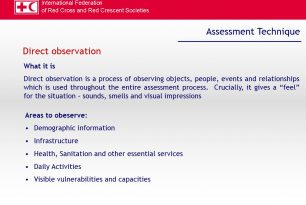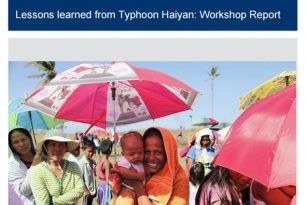
No ratings yet. Rate This! Please rate this content
![]()

This document summarises the recommendations and discussions from a workshop hosted by the Department for International Development (DFID) on 9 June 2014. The purpose of the workshop was to build consensus on what did and didn’t work to help prevent and respond to violence against women and girls in the Philippines after Typhoon Haiyan hit in November 2013.
![]()